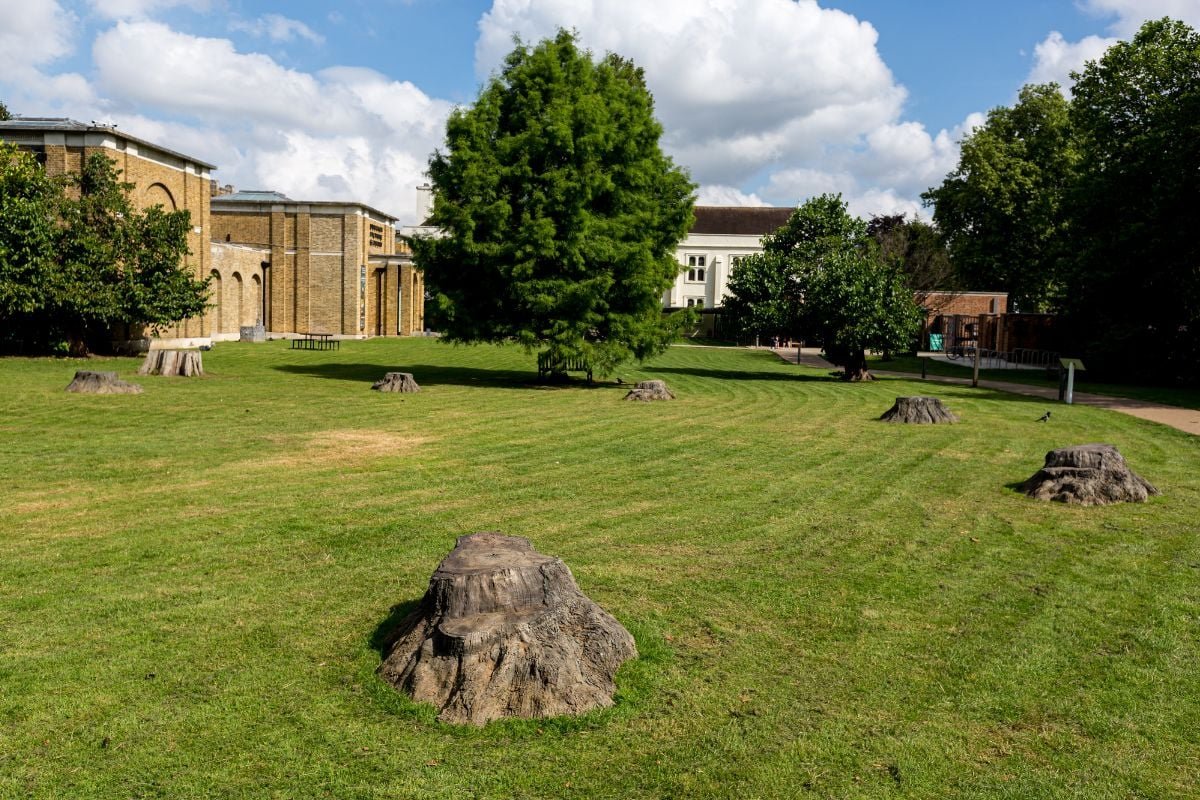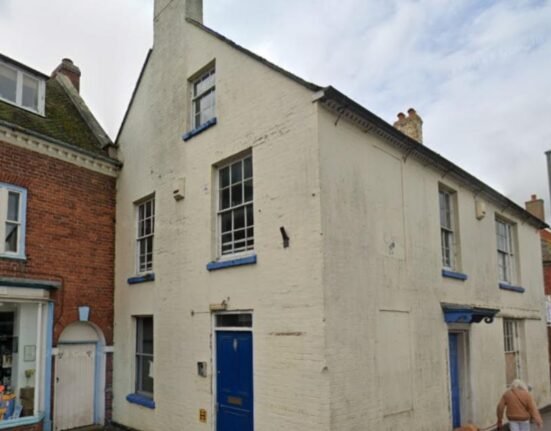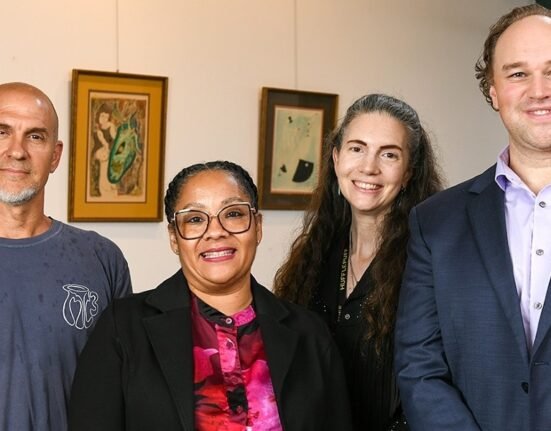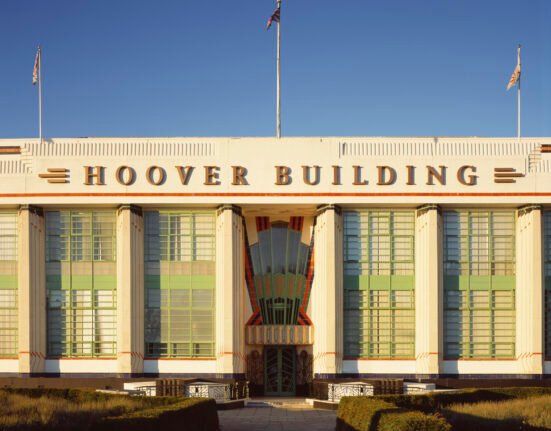A £5 million project to transform three acres of green space at Dulwich Picture Gallery (DPG) represents a “must-have” act of community engagement, director Jennifer Scott has said.
Speaking to Arts Professional ahead of the sculpture garden’s opening next month, Scott said the gallery, which receives no core local government funding or subsidy, was sticking true to its founding principles as Britain’s first purpose-built public art gallery after the Covid-19 pandemic spelt out the importance of free community spaces.
“It costs about £4.6m a year to fund the gallery,” Scott said. “Fundraising is just really in our DNA, we do it to create everything we’re creating at the gallery.
“We launched this project really carefully, knowing it had to add value. There’s no space for us to do something luxurious.”
Bringing a historic collection to life
Opening on the weekend of 6 and 7 September, DPG’s sculpture garden aims to bring its historic paintings, including the work of Old Masters such as Rembrandt, to life.
Contemporary artworks respond to and reinterpret the building’s existing collection, in the form of pieces like Rob and Nick Carter’s Bronze Oak Grove, part of a series of tree trunk sculptures inspired by De Gheyn’s botanical drawings from 1600.
In addition, the ArtPlay pavilion offers children the chance to enjoy classic paintings through interactive activities and sculptures, within a space designed by HoLD Art Collective and architects Carmody Groarke.
Scott, who has led the gallery since 2017, said the project had been at the forefront of her mind since her arrival.
“For me, it was one of the biggest opportunities for the gallery. We have three acres of green space, so the minute I became director, I’ve been talking to our trustees who agreed that creating a sculpture gallery was absolutely essential,” she explained.
“To have three acres of green space is very rare for a London-based art gallery, so there was a real clarity that we needed to use that. The challenges of the lockdown taught us that we really needed to use our space for the community. When we had our 14 months of lockdown, we kept our gardens open. It wasn’t just a nice-to-have, it was a must-have.”
Securing the capital
Work on the project began towards the end of last year, though the gallery itself remained open during construction.
On top of its own multimillion-pound annual running costs, DPG raised approximately £5m through visitor donations, support from trusts such as social welfare charity the Lovington Foundation, and its Support a Tree campaign, encouraging a select 134 donors to put their name to the garden’s Art Forest.
Asked how other galleries struggling to remain ambitious while battling considerable costs and competing for ever-smaller pools of support should seek out funding, Scott advised others to apply only to trusts truly likely to help.
“We were established in 1811, and we went back to the roots of what we were always about: bringing art to everybody,” she said.
“That helps you to craft the story that makes a lot of sense and has that resonance. There are lots of funds out there that fund things that are not aligned with your project. Don’t even try that. Look at the funders who can support what you want to do.”







